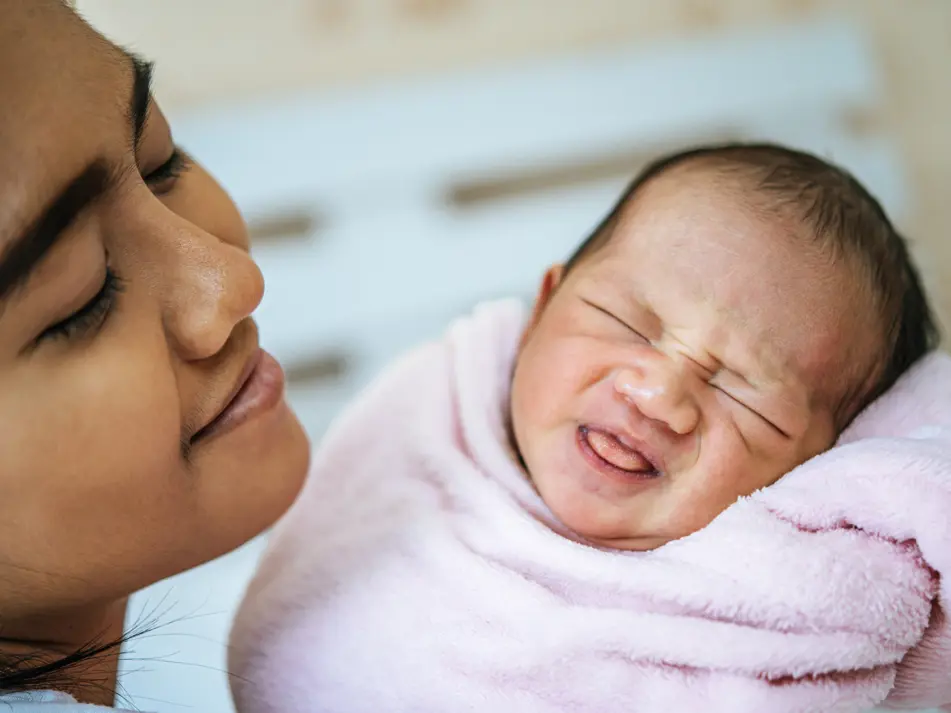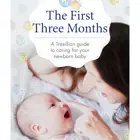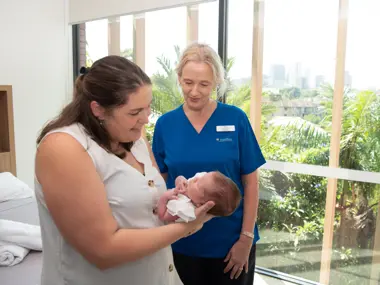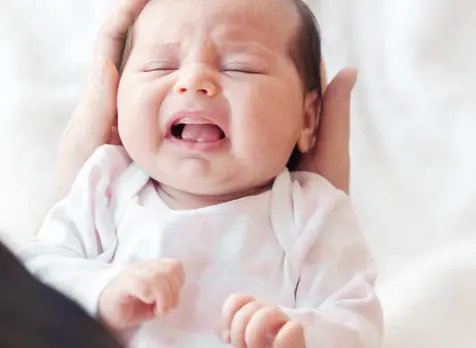Newborn Crying 0 to 3 months

The most common cause for a baby’s crying during the first 3 months is to alert you that they need to re-establish close, physical contact with you. When you respond to your baby’s cries quickly with reassurance, warmth and affection they’ll feel safe and secure and usually calm down more quickly. Then she can enjoy a feed or play.
Physical Reasons for Crying
Physical reasons for crying are easy to understand and might be:
- A nappy change
- A feed
- A sleep
- A tummy upset
- Being hot or cold
Emotional Reasons for Crying
An emotional need means your baby needs help managing feelings because babies are too young to do that on their own. These are feelings of:
- Loneliness
- Anger
- Fear
- Sadness
- Overstimulation
Your baby needs to stay close to you so you can help to calm and soothe them. This will help manage their feelings when they get distressed and overwhelmed.
Ways to Respond
The best ways to respond to your distressed baby are:
- Make sure you are calm yourself
- Use a soothing calm voice
- Sing a soothing song
- Show your baby your face and eyes
- Gently touch and cuddle your baby
- Rock your baby by swaying side to side very gently
- Swaddle your baby’s arms in the wrap to make sure they’re not startling themselves with waving arms
- Use gentle, slow repetitious patting
Crying is a normal way for your baby to communicate that they need you to give them love, attention, comfort and reassurance.
When you respond to your baby’s cry and help them out it helps your baby develop an understanding that when they ask for help they will get it. This is how your baby’s attachment and relationship with you grows and develops.










































